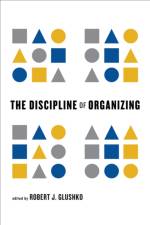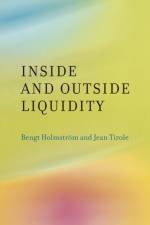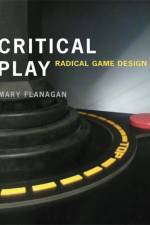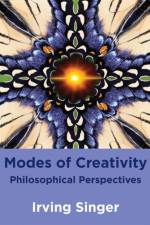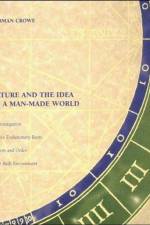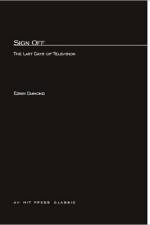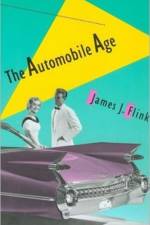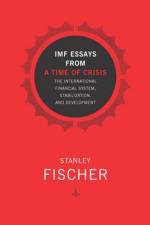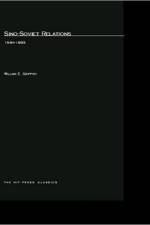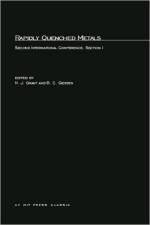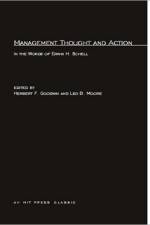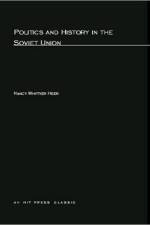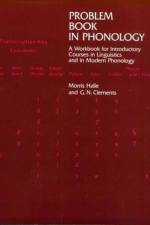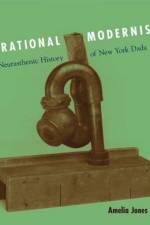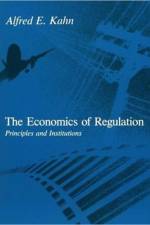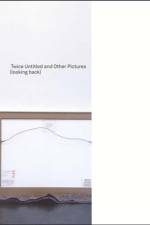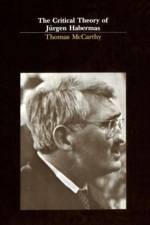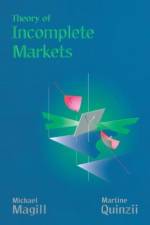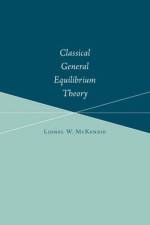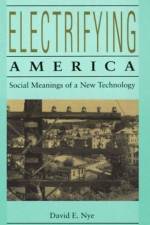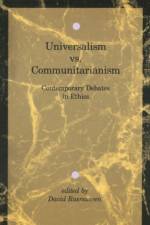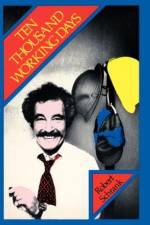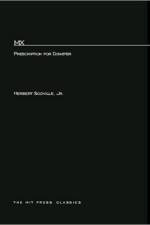av Robert Schrank
341
Robert Schrank is a Project Specialist at the Ford Foundation, and he holds a master's and doctorate in the sociology of work. He serves as consultant to the New York City Mayor's Productivity Council, the National Academy of Sciences, the U.S. Department of Labor, other governmental bodies, and universities. So another academic specialist has written another book about the values and goals--or the lack of them, or their decline, or whatever--of working stiffs, about which he knows from nothing, right?Wrong. This particular academic specialist didn't get to college until he was over forty, and earned (the right word for a working man) his doctorate when he was in his fifties. For more than forty years--ten thousand working days--from the age of fourteen on, he has held down an astonishing variety of jobs that cover both a wide occupational range and just about every level, from the top to the bottom, in the organizational scheme of things. He has been a plumber, a city commissioner, a plant manager and engineer, an auto mechanic, an antipoverty program bureaucrat, a machinist, a union official, a coal miner, a foundation professional, a farmhand. Not in that order, but the point is that the experiences, commingling in the memory, all have an equal value in human terms. Always onward-and-upward, the American-Dream-come-true, is exactly not the point.Robert Schrank writes about each of these jobs in a personal, chronological, specific, narrative way, but always from a perspective that has been enlarged by the scope of his professional training and and commitments. His memories give his experiences uniqueness. His sociological insights lend them a kind of universality.But this author is his own best advocate: I was moved to write this book as a result of listening to and reading about what behavioral scientists, academics, and other literati had perceived at places of work. I felt that in the pursuit of psychology or sociology they had missed the humanity, the poetry, and the community of people that is created by the workers at their workplaces. I hope in this book to catch some of that sense of community, camaraderie, conflict, and humor.... I will be tempted from time to time to write in my present profession as a sociologist. But I will do my best to resist that in favor of trying to catch the language and the feel of the workplaces I am writing about. I will try to differentiate between the job and the actual work on tasks. The job I define as the container, the institution, or the structure in which a person performs something for which he or she gets paid. If we think about the job as a container, what interests me in this book is what goes on inside that container. This includes the work tasks, physical surroundings, the benefits, the amenities, and most important, the social milieu of the community.The author also brings critical acuteness and common sense to his examination of such issues as the quality of work (and of workmanship), work as a means of self-definition and personal fulfillment, and the point at which diminishing rewards--material and psychological--make the alternative of not working (or working at a minimal level of commitment) the preferred way of life.

